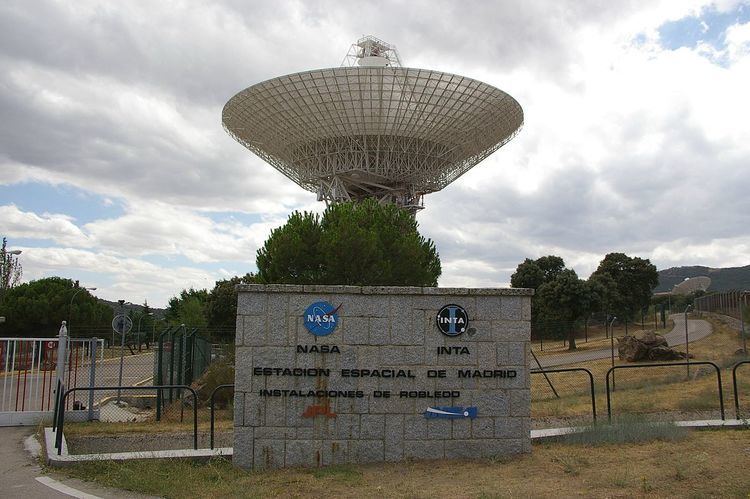Organization INTA / NASA / JPL Established 1961 Province Community of Madrid | Altitude 720 m Website www.mdscc.org Phone +34 918 67 70 00 | |
 | ||
Location Robledo de Chavela (near Madrid), Spain Address Carretera Colmenar del Arroyo-Robledo de Chavela M-531, Km. 7, 28294 Robledo de Chavela, Madrid, Spain Hours Closed now Friday9AM–5PMSaturday10AM–3PMSunday(Father's Day)10AM–3PMHours might differMonday9AM–5PMTuesday9AM–5PMWednesday9AM–5PMThursday9AM–5PM Similar Goldstone Deep Space Co, Canberra Deep Space Co, Space Flight Operation, Launch Control Center, Christopher C Kraft Jr Mission C | ||
Mdscc madrid deep space communications complex robledo de chavela flv
The Madrid Deep Space Communications Complex (MDSCC) is a ground station located in Robledo de Chavela, Spain, and operated by the Instituto Nacional de Técnica Aeroespacial (INTA).
Contents
- Mdscc madrid deep space communications complex robledo de chavela flv
- Madrid deep space communications complex
- Deep Space Network
- Functions
- Antennas
- References
Madrid deep space communications complex
Deep Space Network
The MDSCC is part of NASA's Deep Space Network run by the Jet Propulsion Laboratory. The facility contributes to the Deep Space Network's mission to provide the vital two-way communications link that tracks and controls interplanetary spacecraft and receives the images and scientific information they collect. The complex is one of three NASA Deep Space Network complexes in the world, located at separations of approximately 120° longitude so that a spacecraft will always be in sight of at least one station; the others are the Goldstone Deep Space Communications Complex located in California, near the city of Barstow, and the Canberra Deep Space Communication Complex in Australia which is close to the city of Canberra.
The complex also serves some missions of the European Space Agency.
Functions
The antennas and data delivery systems make it possible to:
Antennas
The complex has seven large parabolic antennas, called DSS-61, DSS-54, DSS-55, DSS-63, DSS-65 and DSS-66.
